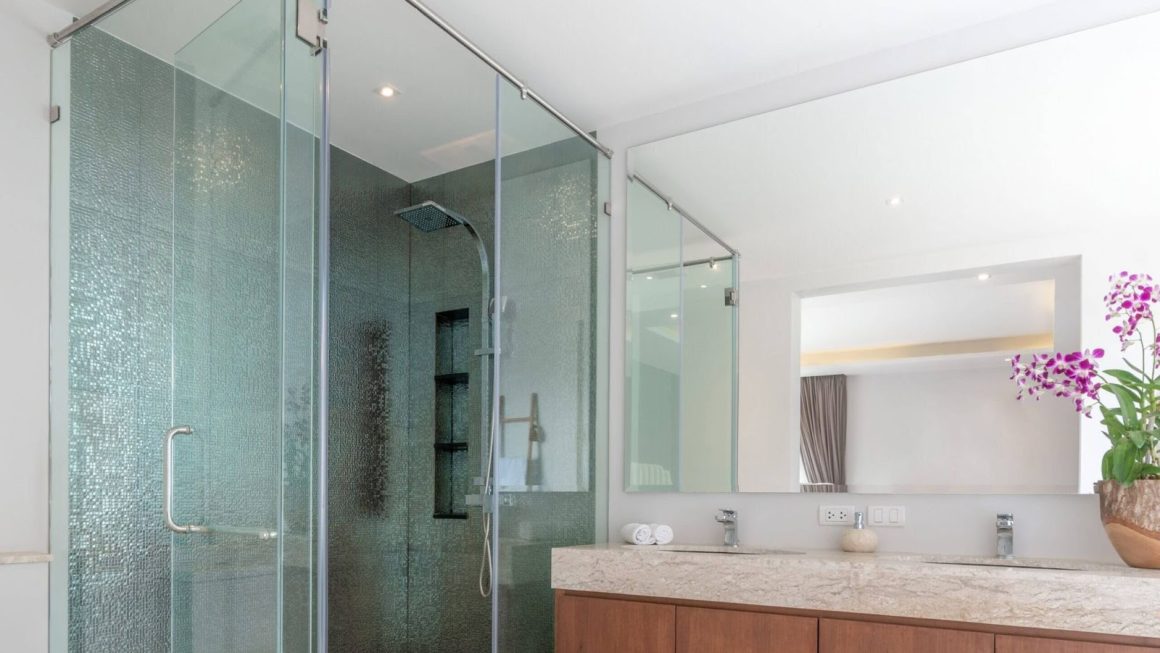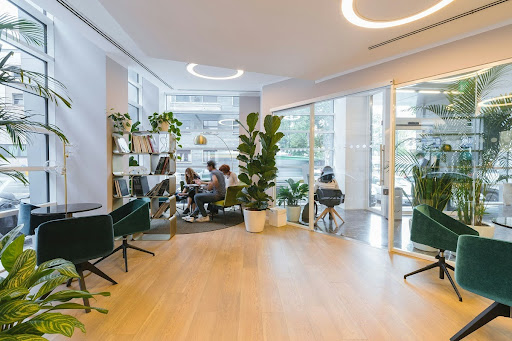Public restrooms have always been a necessary component of public areas, but in the modern world, the importance of cleanliness and hygiene cannot be overstated. With the introduction of touchless technology, restroom design and upkeep have been transformed, offering solutions that improve convenience and sanitation. In this article, we examine the most recent developments in touchless technology that make toilet facilities safer and more convenient. Even if you´re not a restaurant owner, you might need some of these gadgets if you’re planning a bathroom remodel.
Automatic Flush Systems
Traditional flush handles may serve as a haven for bacteria. Many bathrooms now come with automatic flush systems that include motion sensors as standard equipment. When a person exits the toilet area, these systems turn on the flush mechanism. In certain cases, manual flushing is also an option with some models. In addition to enhancing cleanliness, automatic flush systems help conserve water by making sure that toilets are never left running accidentally.
Touchless Paper Towel Dispensers
Touchless paper towel dispensers finish the hand hygiene cycle by dispensing paper towels after washing hands. With the wave of a hand, these gadgets distribute paper towels, removing the need to contact potentially contaminated surfaces. They save money and assist the environment by limiting the amount of paper towel that is distributed each usage.
UV-C Sterilization and Air Purification
Some institutions have installed UV-C sterilizing and air purification systems to further improve toilet hygiene. UV-C technology efficiently eliminates germs and viruses, making frequent disinfection and cleaning of bathroom surfaces possible. By removing airborne particles with HEPA filters, air purification systems provide cleaner and safer restroom environments.
Touchless Faucets and Soap Dispensers
The advent of sensor-operated faucets and automatic soap dispenser technology is one of the most essential touchless developments. To identify the presence of hands and deliver water or soap appropriately, these gadgets employ infrared sensors. By only flowing when necessary, this not only lowers the chance of cross-contamination but also conserves water. Some cutting-edge devices even allow the user to control the water flow and temperature.
Mobile Apps for Restroom Monitoring
Facilities managers may now remotely monitor bathroom conditions thanks to the development of smart restroom management systems. These systems make use of sensors to monitor lavatory activity, gauge the availability of necessities like soap and toilet paper, and even offer real-time feedback on cleanliness. Facility managers may make sure that bathrooms are constantly in excellent shape by taking proactive measures to remedy problems.
Touchless Door Entry and Exit
The use of touchless door entry and exit devices has grown to complete the touchless bathroom experience. These devices replace the need to touch potentially contaminated door knobs with motion sensors or foot pedals to open and close toilet doors. They provide cleanliness throughout the whole process by facilitating a smooth exit and entry.
User-Friendly Accessibility Features
The accessibility to restrooms has been significantly improved with touchless technology. These days, many bathrooms include touchless accessibility features like voice-activated fixtures that can be adjusted and automated door openers that can be operated through smartphone apps. These advancements promote a more welcoming and inclusive atmosphere by ensuring that bathrooms are inclusive and accessible to those with different mobility and accessibility needs.
Sustainability and Resource Efficiency
Beyond the convenience and hygienic advantages that are immediately apparent, touchless bathroom technology supports sustainability objectives. Reduced water use through water-saving faucets and flushing technologies helps conserve resources and money. Hand dryers and paper towel dispensers without touch pads save paper waste. Additionally, facility managers may optimize resource utilization and cut down on unneeded maintenance thanks to the ability to monitor toilet conditions through smart technologies, which further support environmental conservation efforts.
Data-Driven Maintenance and Hygiene
Touchless technology provides data-driven insights in addition to hands-free ease. Numerous touchless bathroom systems come with sensors that record user information. Facility managers can use this information to their advantage to optimize maintenance schedules and supply replenishment. Facility managers can ensure that bathrooms stay in excellent shape, eliminating downtime for repair, and providing a consistently clean and safe environment for users by being aware of when they are used the most and when supplies are running short.
The Future of Touchless Restrooms
Touchless technology in bathroom facilities has a promising future. As smart building systems continue to be integrated, toilets will be able to connect with other parts of the infrastructure for even better efficiency. The development of sensor technology may result in touchless systems that are quicker and more precise. Additionally, advancements that promise even greater standards of hygiene and convenience are in the works, such as touchless trash disposal and self-cleaning bathroom fixtures.
Finally, touchless technology has ushered in a new era of toilet facilities that prioritizes sustainability, hygiene, and convenience. These advances improve the bathroom experience overall while lowering the danger of germ transmission. We can anticipate even more interesting advances in touchless bathroom solutions as technology develops, making public restrooms safer and cleaner for everyone.



